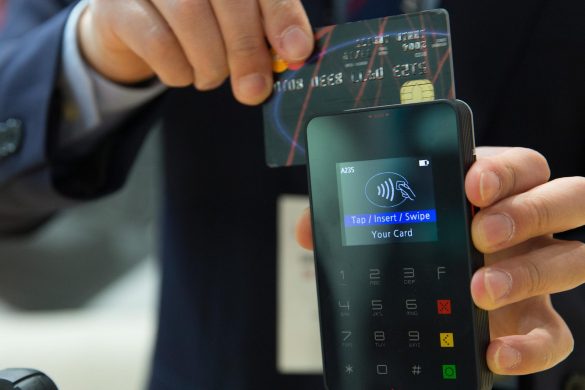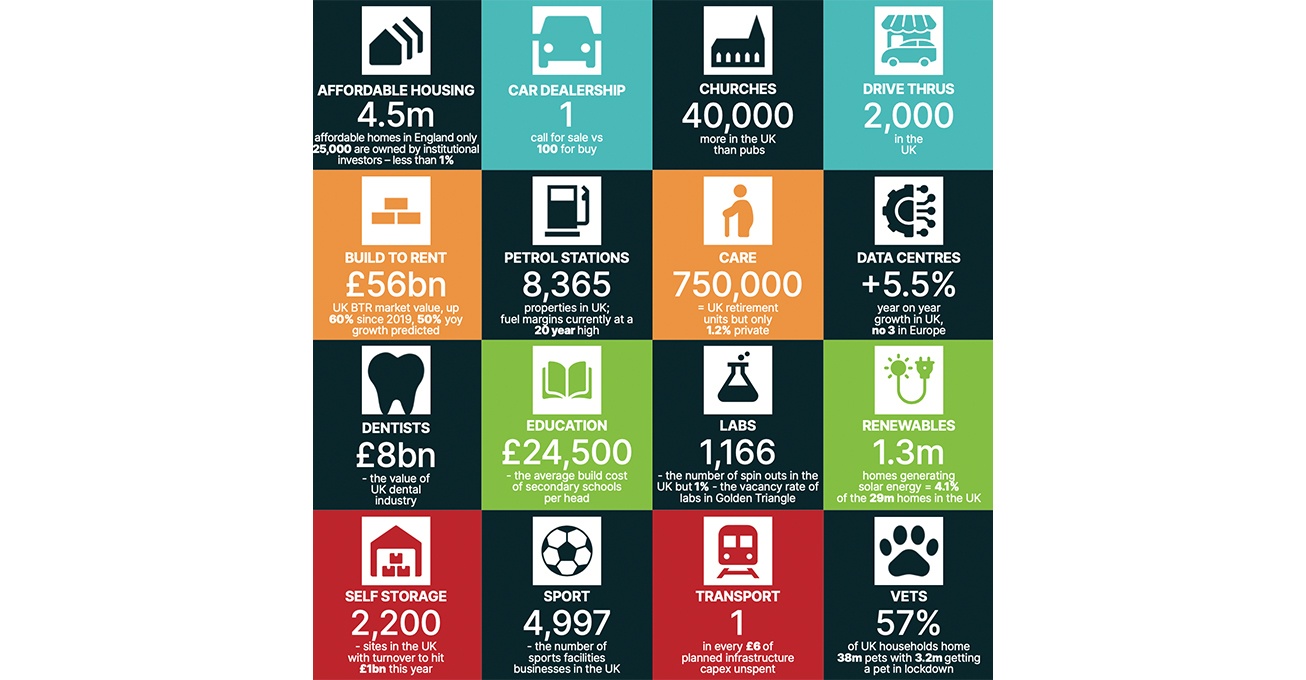 Today’s modern world is a far cry from how our grandparents grew up. One thing that’s changed drastically in the past few decades is how we make and pay for purchases.
Today’s modern world is a far cry from how our grandparents grew up. One thing that’s changed drastically in the past few decades is how we make and pay for purchases.
Gone are the days of waiting in line to withdraw cash before doing the weekly shop or treating a loved one to dinner. Now we simply open the Apple Pay app or tap our contactless card and pay for our goods at the touch of a button.
However, the transition from cash in hand to digital payments didn’t happen overnight. From Visa’s first credit card terminal to early electronic payment solutions, there were many other systems that filled the gap between how purchases used to be made and how they’re made today.
Let’s explore the evolution of payment methods.
Payments before the internet
Prior to the invention of the internet, customers could only make payments manually by exchanging cash for goods. In 1979, Visa introduced the credit card terminal, taking the first step towards digital transactions.
By the 1980s, hardware manufacturers such as Ingenico, Hypercom and Verifone began launching electronic payment solutions with integrated data management platforms and telecommunications. These systems allowed them to provide efficient and affordable payment services across the globe and these continued to develop until the launch of the internet in the 1990s.
How the internet changed things
Payment methods evolved rapidly after the introduction of the internet, as customers grew accustomed to the convenience digital payment systems provided. Technology providers were forced to keep up with the demand for quick and efficient payment systems, or risk losing out to more high-tech companies.
The digital world continued to prosper, with the addition of the smartphone, the iPad, and other streamlined gadgets. These new devices created even more opportunity for growth in the payment system family, leading to payment services like PayPal and Apple Pay.
Payment used today
Today payment systems continue to evolve, helping make digital payments easier and more convenient than ever before. Digital wallets, open banking and contactless payments are some of the most revolutionary payment systems available currently.
A digital wallet is an electronic device capable of storing all your payment details in one location. It offers plenty of benefits such as avoiding the need to memorise multiple passwords or PIN codes, enabling fast online checkouts and allowing you to leave your physical wallet safe at home.
Open banking is a banking practice that allows providers of third-party financial services to access and control consumer banking and financial accounts. It’s believed that open banking will have a transformative effect on consumer experiences in the banking sector.
Contactless payments are a relatively new introduction that allow you to make a card payment by tapping your card on a card reading machine. Contactless payments eliminate the need to remember a PIN number and speed up the process of taking payments, benefitting the business making the sale too.






